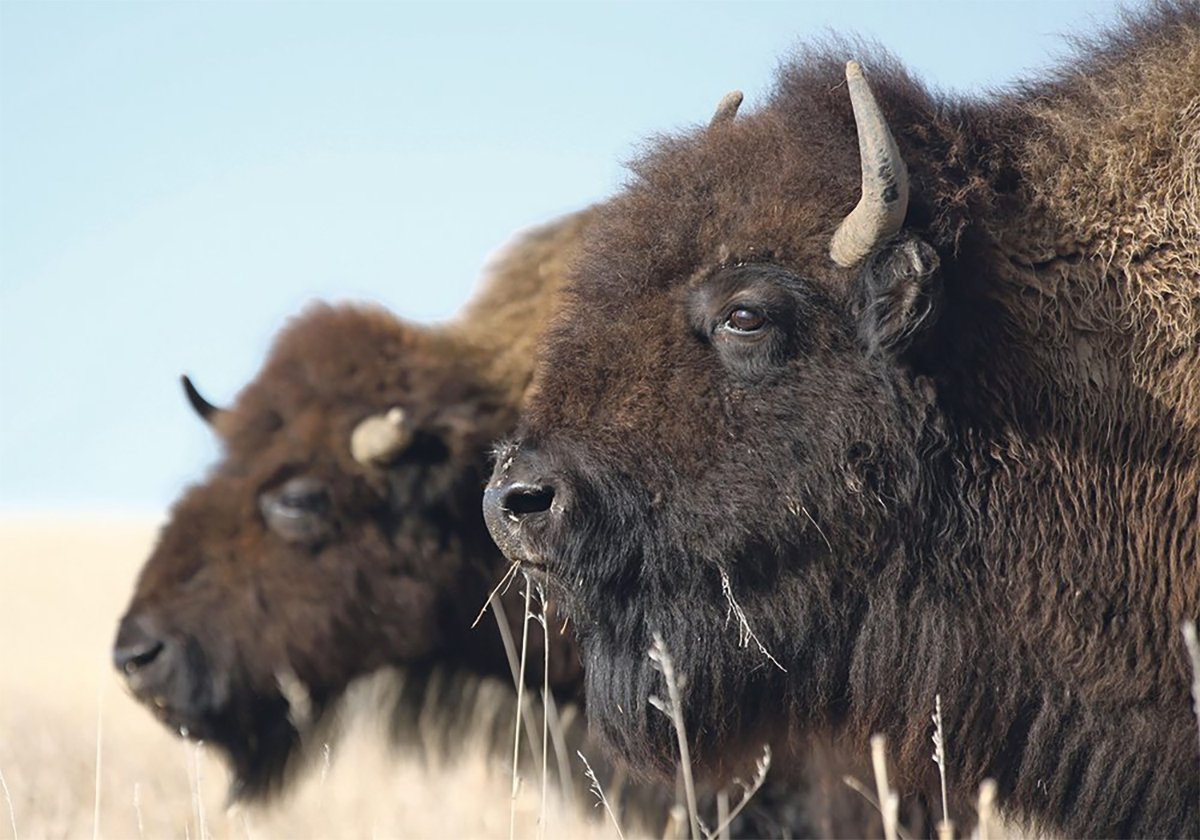SAN ANTONIO, Texas — It only takes one sperm to impregnate a cow.
The amount of sperm can maximize the chance of pregnancy but other factors are also at play, said reproductive physiology Joe Dalton at the University of Idaho.
Breeding soundness evaluations can show which bulls are subfertile or nonfertile. The exam does not accurately predict fertility and research fails to fully explain variation among bulls.
It is possible to measure many attributes of sperm.
“It is what we are not measuring is most likely causing the problem,” said Dalton during an education session at the National Cattlemen’s Beef Association convention in San Antonio.
Read Also

The Western Producer Livestock Report – August 21, 2025
Western Producer Livestock Report for August 21, 2025. See U.S. & Canadian hog prices, Canadian bison & lamb market data and sales insights.
“There is likely something we are not measuring and that is where we are going, to see if we can predict,” he said.
Semen quality within an ejaculate shows compensable traits like viability or morphology that impair sperm transport and effective penetration so fertilization does not occur. There may be severely misshapen sperm in an otherwise normal semen sample.
There are also non-compensable traits where the sperm is incompetent.
They fertilize but a live calf does not result.
Damaged DNA is a non-compensable trait for example.
“It reduces fertility regardless of sperm dosage,” Dalton said.
Adding more sperm may not make any difference.
When purchasing semen from artificial insemination centres not every bull is marketed at the same concentration. Some bulls only need 10 million sperm to generate a pregnancy while others need 40 million.
Research into different dosages did not show a pattern or reason to explain the differences in fertility based on dose.
When using AI every successful program begins with proper handling, time, temperature, hygiene and skill of the technician.
Semen thaws at 35-37 C with minimal damage. Ice crystals can damage sperm. Poor hygiene can drag things into the reproductive tract so the technician must be skillful.
Research is also looking at sperm motility. Movement declines over time.
‘We don’t understand what it is about sperm that allows it to last across time,” Dalton said.
“We would love to find out which bulls have more longevity.”
Understanding of fertilization and embryonic development is improving but there are still unknowns.
“That prediction of high fertility has not occurred yet,” he said.
“That is a source of frustration because there could be things we are not measuring yet.”
With AI, Dalton recommended using proven high-fertility sires. All natural service bulls should undergo a complete breeding soundness evaluation including sperm morphology and a physical exam.
“We do have very good tools whether it is a traditional (breeding soundness exam) or new technological tools in labs right now to pull bulls off the bottom,” he said.















